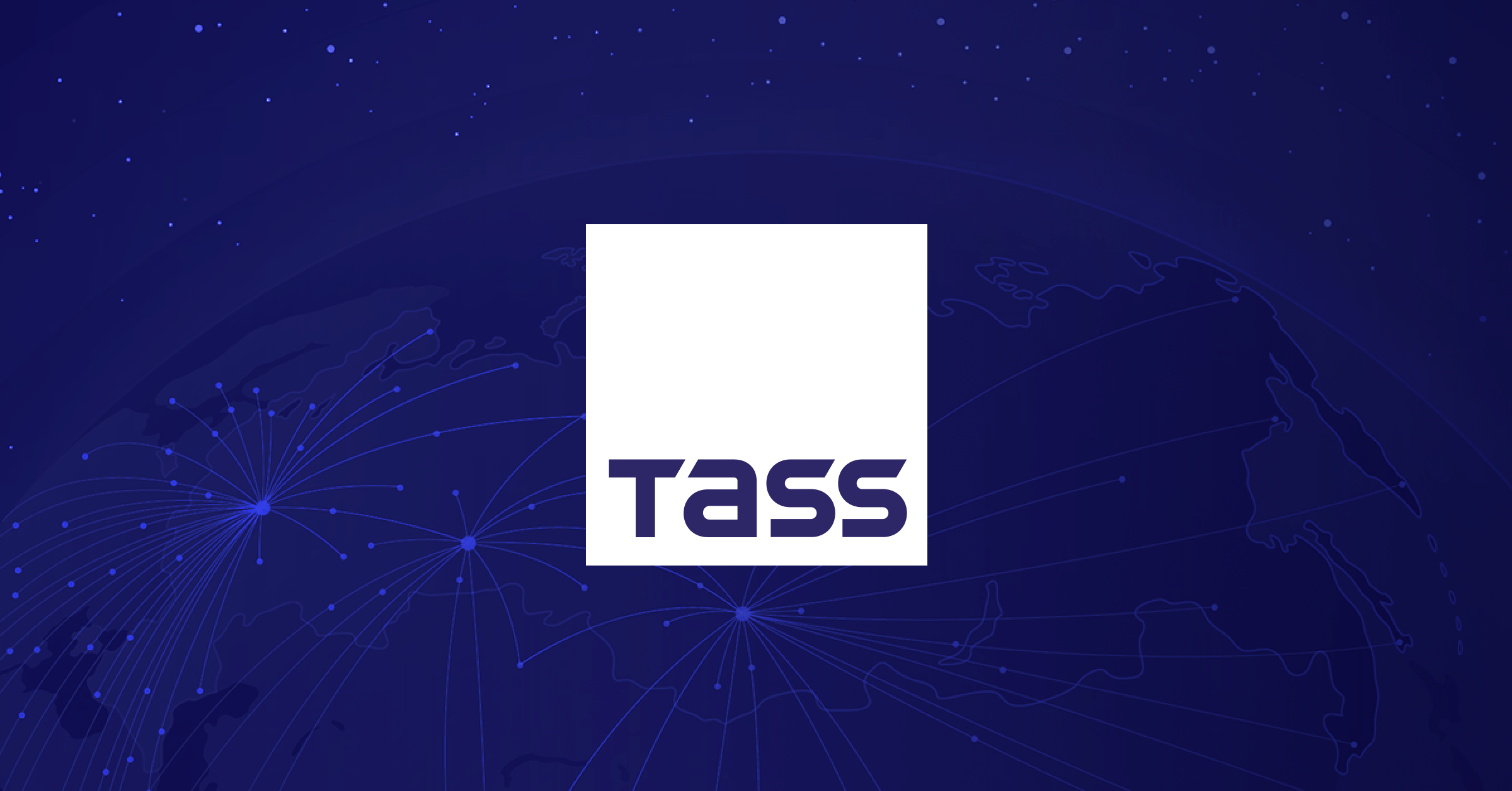Opinion | Why India Needs An Employment-Linked Incentive Policy For The Electro-Intelligence Stack
By K Yatish Rajawat,News18
Copyright news18

Artificial Intelligence has captured global imagination, but behind the glitter lies an unforgiving reality: the AI race is about capital, compute, and it will become about compliance. Training a foundation training model today costs upwards of $100 million, with computer hardware accounting for more than half that bill. Add to this a tightening global regulatory net — the EU’s AI Act, US lawsuits over data scraping, and licensing restrictions on GPUs—and the result is a game dominated by players from the West. India cannot outspend or outregulate its way into this contest. Even if it does outregulate the larger players, this is not an employment-intensive area; it’s more strategic to ensure data as a competitive moat to protect sovereignty from AI.
A new way of looking at the electro-intelligence (EI) stack—the machinery of electrification—offers India a pathway that is not only strategic but economically vital and most importantly, deeply job-rich. This stack includes electric motors, industrial and farm pumps, traction systems for EVs, heat pumps, and the power electronics that connect them with a layer of embedded intelligence. These are physical, real-economy technologies that already command vast global markets and will define the next decade of industrial modernisation.
This is not either an AI or an EI stack argument; this is more to explain that even with the investment in AI, its use cannot be restricted to just the digital world, it has to move beyond the digital to the industrial if it has to generate jobs, competence, and economic security. Currently, the narrative is dominated and hyped by the US GPU manufacturing lobby, which wants the government to buy more GPUs to invest millions and then billions in this race for building LLMs.
Hopefully, we understand that this hype, which is forcing this decision-making, and we are wiser in what we build for the country and how we build it. This hype does not take us in but is considerate about what is essential for the government, not for some Western companies’ topline.
Why the Electro-Intelligence Stack Matters
The International Energy Agency has long documented that motor-driven systems consume more than 40 per cent of the world’s electricity and nearly 70 per cent in manufacturing. Improving their efficiency—by upgrading to IE3/IE4 standards, adding variable-frequency drives, and right-sizing systems—could cut global demand by 10 per cent. This is an energy saving larger than the annual consumption of Japan.
The scale is staggering. The global electric motor market was worth $150 billion in 2024 and is projected to exceed $250 billion within a decade. Traction motors for EVs, a $12–$ 13 billion segment today, are growing at 30–40 per cent annually, driven by electrified transportation. India’s domestic motor market, about Rs 118 billion last year, is forecast to triple by 2034. Meanwhile, the Production Linked Incentive (PLI) for autos has already drawn Rs 67,000 crore in commitments, and the advanced chemistry cell (ACC) PLI has seeded 10 GWh of domestic capacity with Reliance alone. This is not speculative growth — it is happening now.
China has understood this better than anyone. It has mandated IE3 as a baseline for motors, is pushing toward IE4 and IE5, and dominates global EV production, accounting for over 70 per cent of all electric cars made in 2024. Chinese firms like Wolong are exporting high-efficiency motors at scale, leveraging the virtuous cycle of a demanding home market plus industrial policy. India risks being locked in as a buyer unless it builds its own industrial pole.
The Case for Employment-Linked Incentives
India’s existing PLIs reward scale of output. However, for the EI stack, where production is labour-intensive and distributed, we need Employment-Linked Incentives (ELIs) that directly tie policy support to the jobs created.
Why? Because these technologies absorb labour at every step. Motors require lamination stamping, copper winding, rotor balancing, insulation, testing, and assembly. Pumps incorporate machining and hydraulics, while heat pumps integrate refrigeration cycles and electronics. Each of these stages employs semi-skilled workers, technicians, and service engineers. Unlike data centres or AI labs—which deliver impressive revenue but meagre job counts—factories making motors or pumps employ thousands. They also build a more sustainable, less energy-consuming supply chain down the road, while AI will increase the energy and water consumption resources of the country.
Consider the numbers. A typical 10,000-unit pump replacement programme under Agricultural Demand-Side Management (AgDSM) has been shown to save 30–37 per cent of electricity consumption while creating hundreds of local jobs in installation, maintenance, and servicing. In Andhra Pradesh, over 81,000 pumps were replaced under AgDSM, delivering nine-figure kilowatt-hour savings. In Maharashtra, 2,209 pumps saved 6.1 million kWh annually. These are scalable, proven models of technology adoption plus employment generation.
Heat pumps carry similar potential. The global heat pump market, valued at $86 billion in 2024, is projected to exceed $200 billion by 2032, with Asia-Pacific already holding more than half the demand. China, the world’s largest market, grew by 13 per cent in 2024, commanding nearly a third of global installations. For India, bringing heat pumps into its Bureau of Energy Efficiency framework in 2024 was a critical first step. The real leap will be pooled procurement and concessional finance for MSMEs in food, textiles, and chemicals, where shifting from boilers to heat pumps can reduce energy bills by 20–50 per cent—and create thousands of service jobs in commissioning and controls.
If PLI is about scaling supply, ELI should be about scaling employment. Firms could receive tax credits or direct incentives for every additional worker employed in certified motor, pump, or heat pump lines, with bonus multipliers for jobs created in backward regions or for training service engineers in partnerships with ITIs and engineering colleges.
India’s Industrial Choice
This is not an argument to ignore AI; it is a plea to deploy it strategically. AI can add enormous value when embedded in the electric stack—optimising pump schedules, predicting motor failures, and balancing grid loads for heat pumps. But the core of value creation must remain hardware. The hum of efficient machines, not the buzz of AI hype, is what will generate jobs, exports, and energy independence.
The choice is now urgent. The electro-industrial stack is already a $250 billion global industry in the making. China is pulling ahead with policy muscle and manufacturing heft. India has a window, powered by domestic demand, aligned policies, and industrial talent. But to seize it, we must design incentives not just for production, but for employment.
An Employment-Linked Incentive policy for the electric stack would anchor jobs, build supply chains, and ensure India is not merely a consumer of Chinese machines but a producer for the world. That is the industrial bet that can truly transform India’s growth story.
K Yatish Rajawat is a public policy researcher and works at the Gurgaon-based think and do tank (www.cipp.in) Centre for Innovation in Public Policy (CIPP), and can be contacted on his linkedin handle. Views expressed in the above piece are personal and solely those of the author. They do not necessarily reflect News18’s views.



